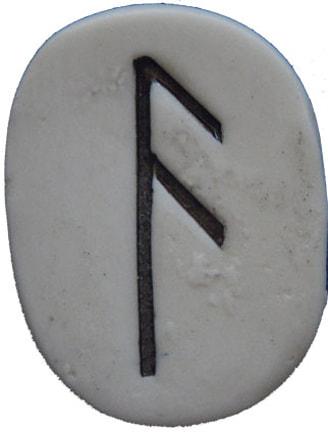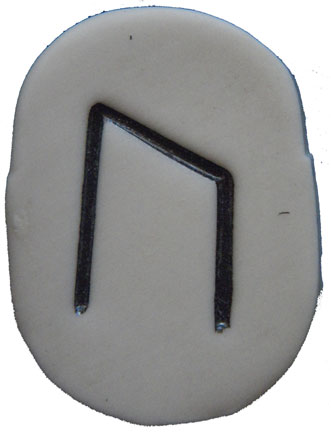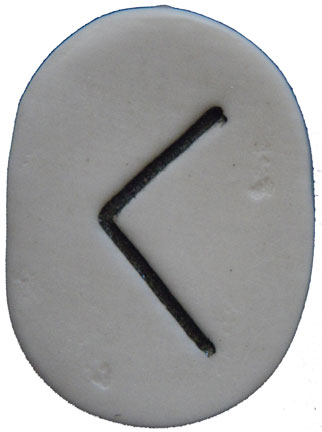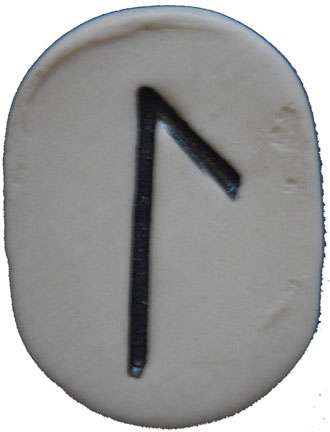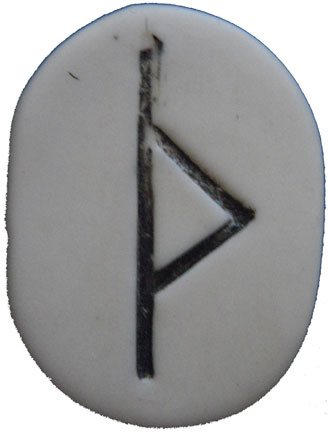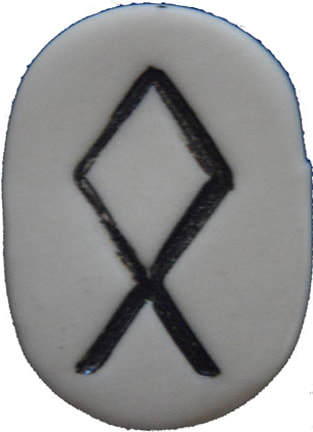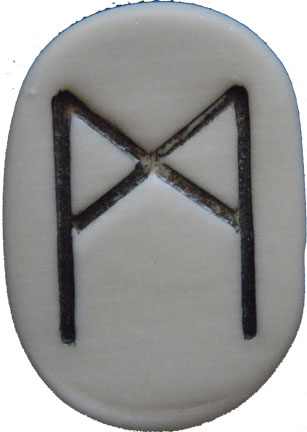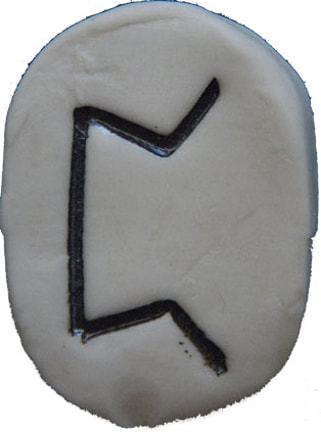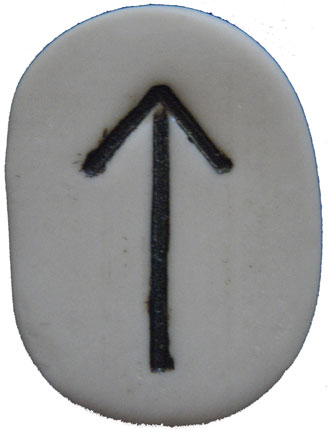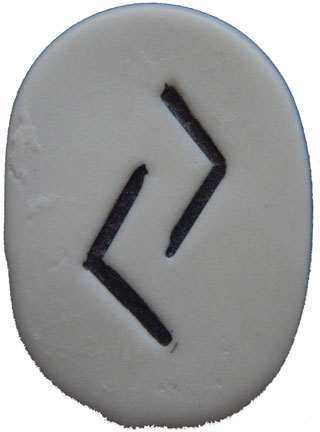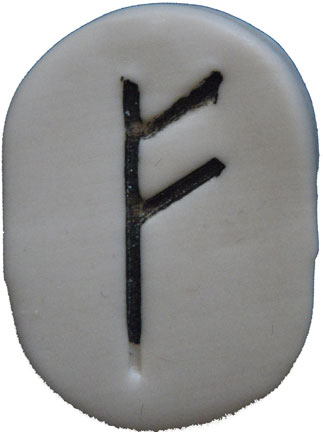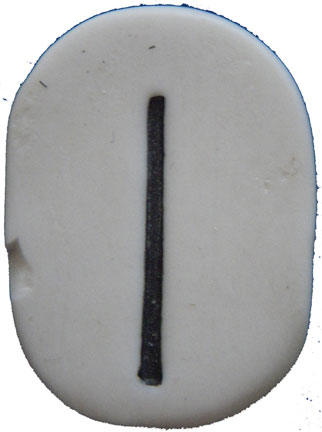|
The Project
Spring 2020, rummaging through the bins in the depths of our closets, Jo uncovered Paul's new age bundle of Rune Stones, Tarot cards, and crystals that had been in storage since the ‘80s. The stones and cards were placed on the dining table, thinking that we could maybe utilize them in our artistic research. Preparations for our Cagevent 2{020}: Sometimes it works, Sometimes it doesn’t Redux at the {re}Happening Festival at the historic site of the Black Mountain College included a revisiting of Fluxus events, John Cage’s seminal book “Silence: Lectures and Writings” and William Fetterman’s incredibly detailed “John Cage’s Theatre Pieces: Notations and Performances”. Unfortunately {re}Happening had to be canceled due to the pandemic but our research sparked an interest in exploring Cage’s aleatoric approach to creating indeterminant scores structured with time brackets for actions to occur. Neither of us are familiar with the I Ching (John Cage's oracular device), but we had the tarot cards and the rune stones and a "why don't we" challenge quickly emerged. The seventy eight cards in the tarot deck were a bit whelming so we opted for the smaller collection of twenty five runes and Runescores emerged. Runescores is a group-sourced collaborative project of performance scores structured in response to each of twenty-five rune stones of the Norwegian Runic System. In the egalitarian spirit of Fluxus, a non-curated call to participate was published via social media. Participants received one of the scores determined by drawing a rune from the bag. From this, collaborators solved the score, creating responses in the medium(s) of their choice and submitted digital files for this online installation. |
The Process
Scores corresponding to each of the runes were created. The draw of fifteen stones (determined by the number of operations that fit neatly on the line paper in Paul's notebook) ordered the score of actions. Guided by Ralph Blum's The Book of Runes, actions were defined by 'significant' words (a technique from our dialogic devising methodology) extracted from Blum's description of each corresponding rune (the interpretation of each significant word is always the problem the collaborating artist must solve).
Based upon the number of the rune (as presented by Blum) and following the structural logic of John Cage's time brackets, the timing of each event was progressively notated as either positive or negative: if a rune drawn was upright, time was notated as positive; if the rune drawn was reversed, time was notated as negative. The shortest score is 1:26, the longest score is 5:19.
While each individual work is complete in itself, viewing all of the works successively with their accompanying process statements provides a fuller sense of the project as a unified work. Navigate the site via stone icons and the sidebar.
A larger screen and headphones are recommended for best viewing experience.
Scores corresponding to each of the runes were created. The draw of fifteen stones (determined by the number of operations that fit neatly on the line paper in Paul's notebook) ordered the score of actions. Guided by Ralph Blum's The Book of Runes, actions were defined by 'significant' words (a technique from our dialogic devising methodology) extracted from Blum's description of each corresponding rune (the interpretation of each significant word is always the problem the collaborating artist must solve).
Based upon the number of the rune (as presented by Blum) and following the structural logic of John Cage's time brackets, the timing of each event was progressively notated as either positive or negative: if a rune drawn was upright, time was notated as positive; if the rune drawn was reversed, time was notated as negative. The shortest score is 1:26, the longest score is 5:19.
While each individual work is complete in itself, viewing all of the works successively with their accompanying process statements provides a fuller sense of the project as a unified work. Navigate the site via stone icons and the sidebar.
A larger screen and headphones are recommended for best viewing experience.



